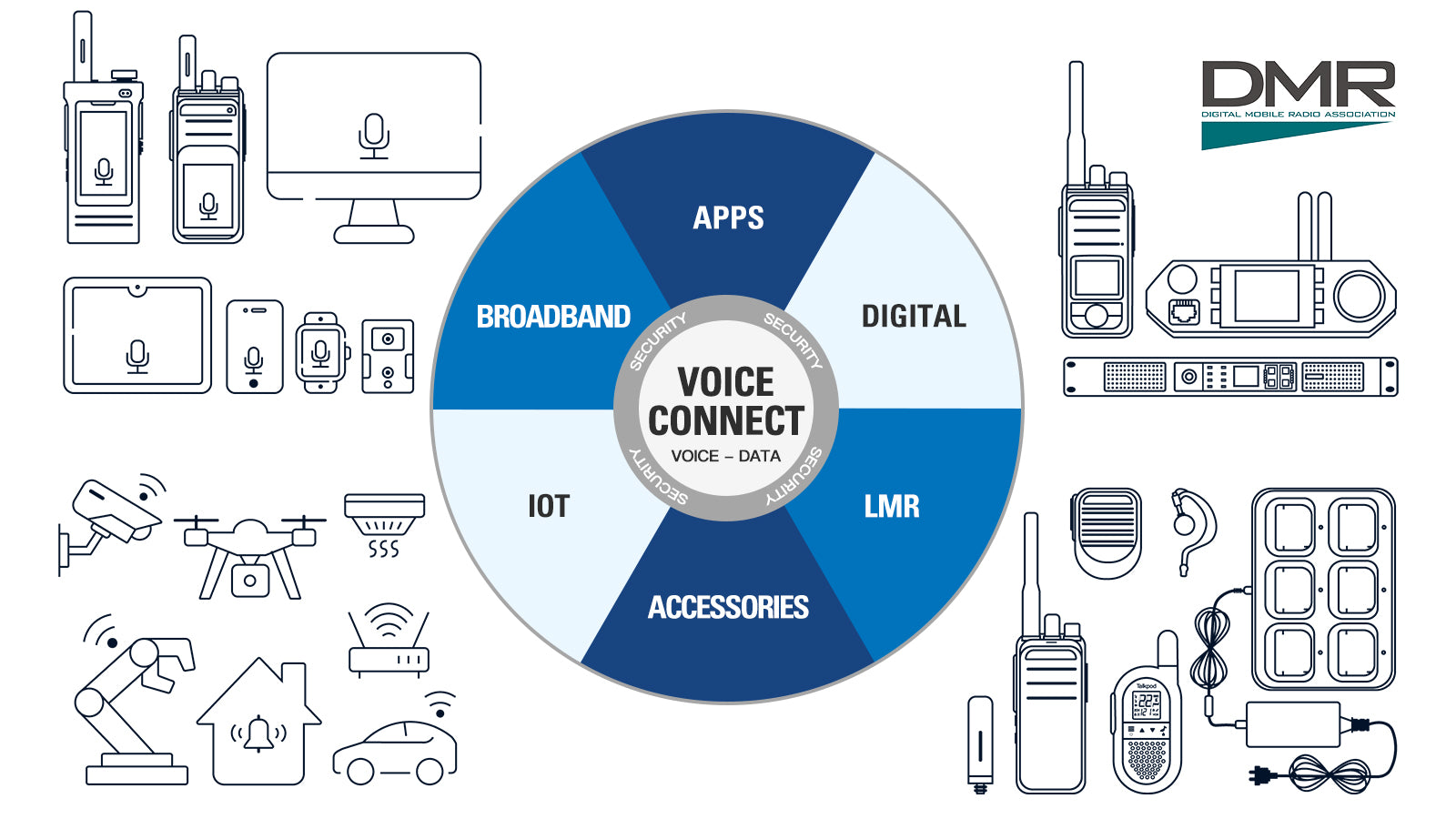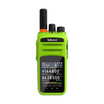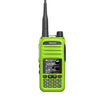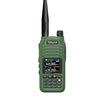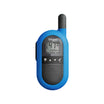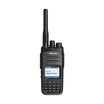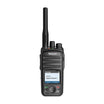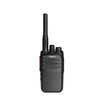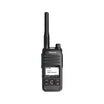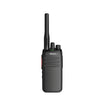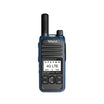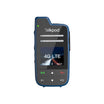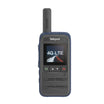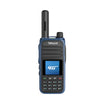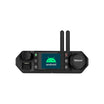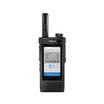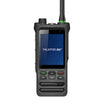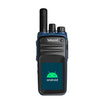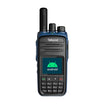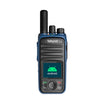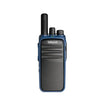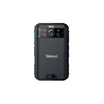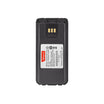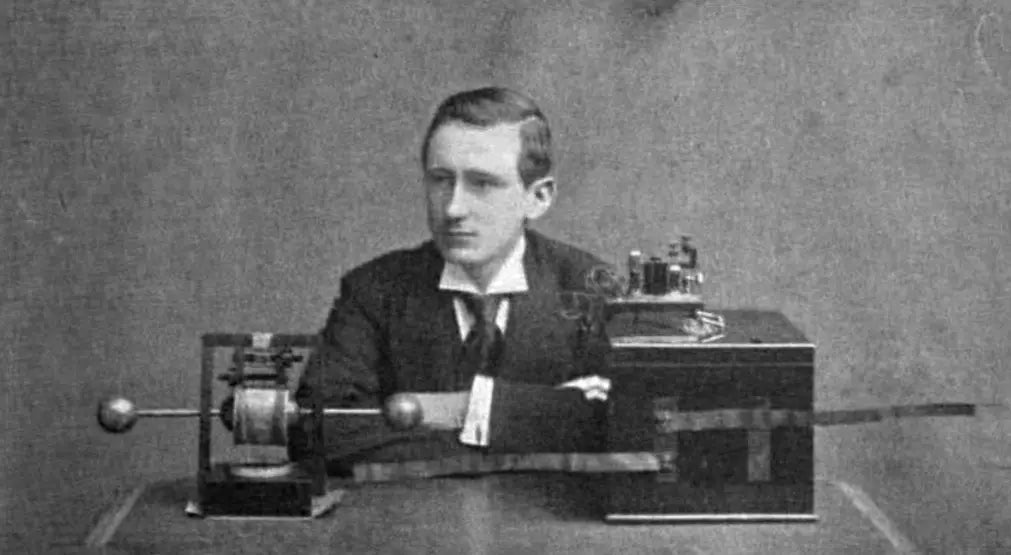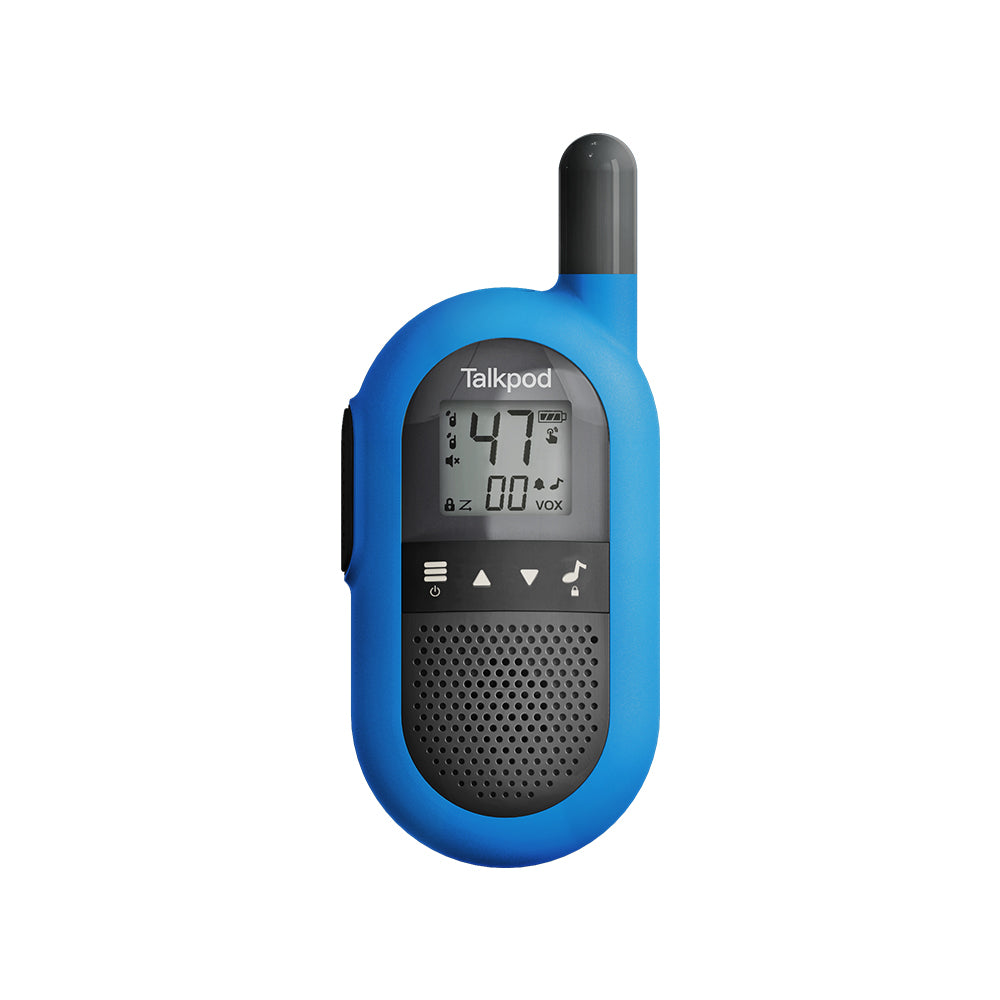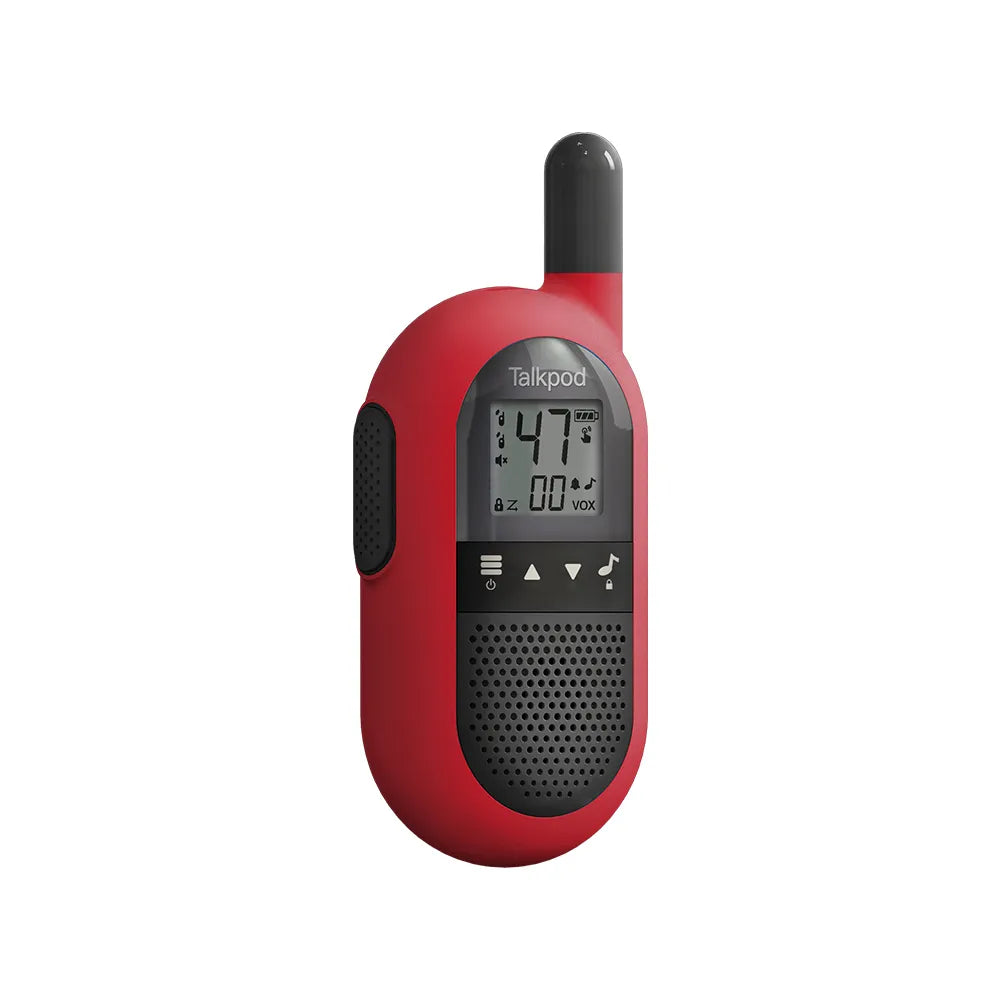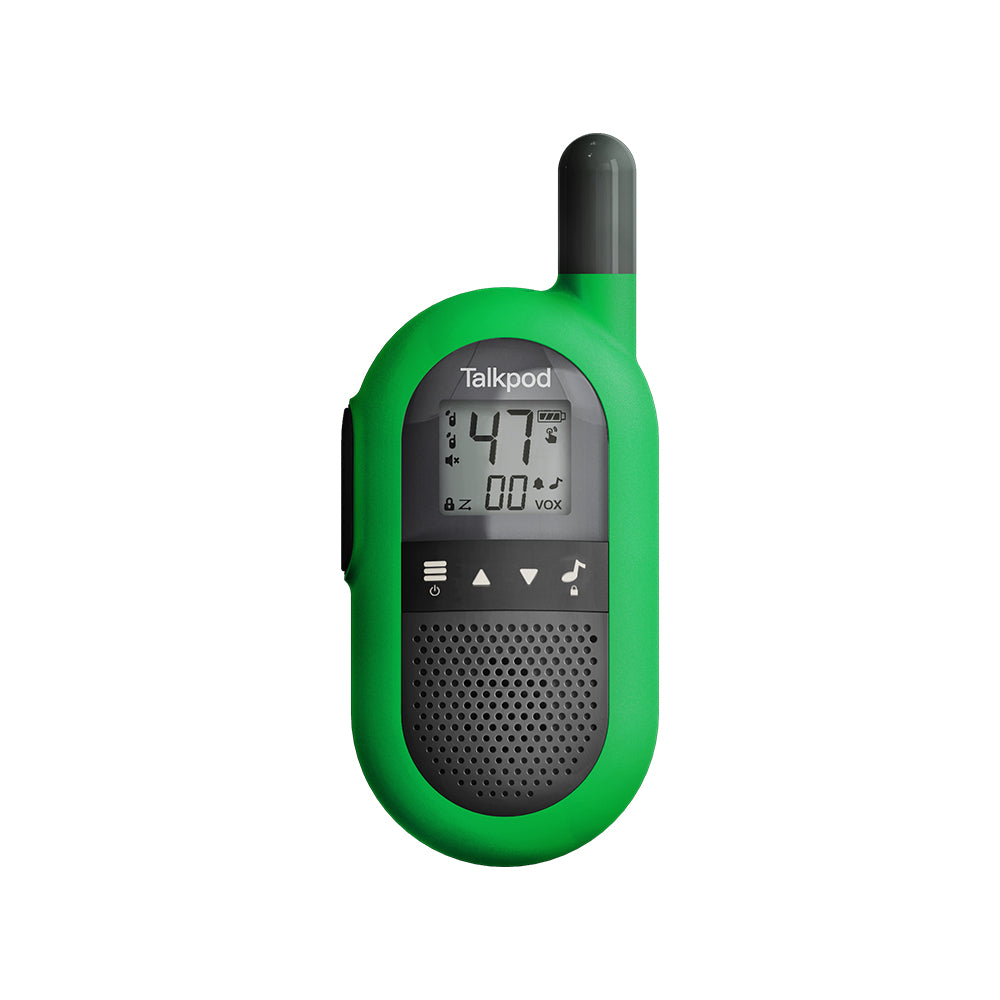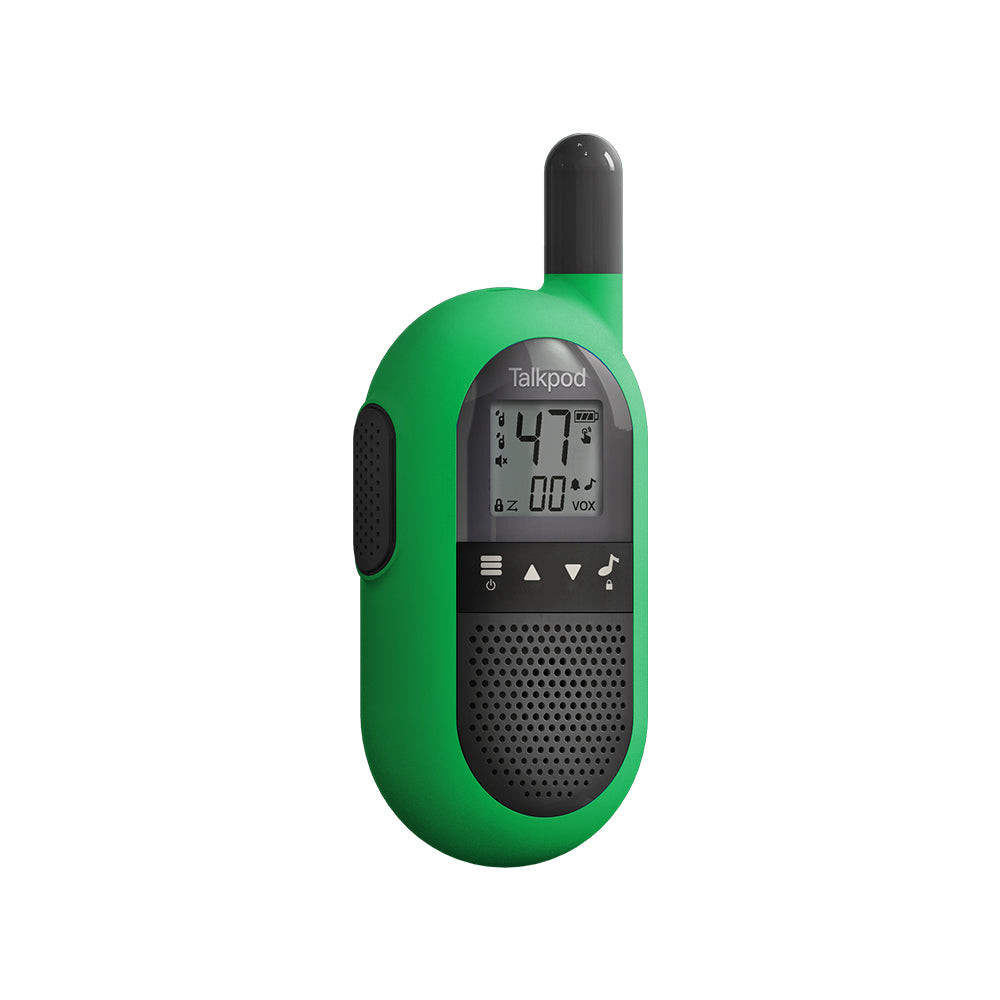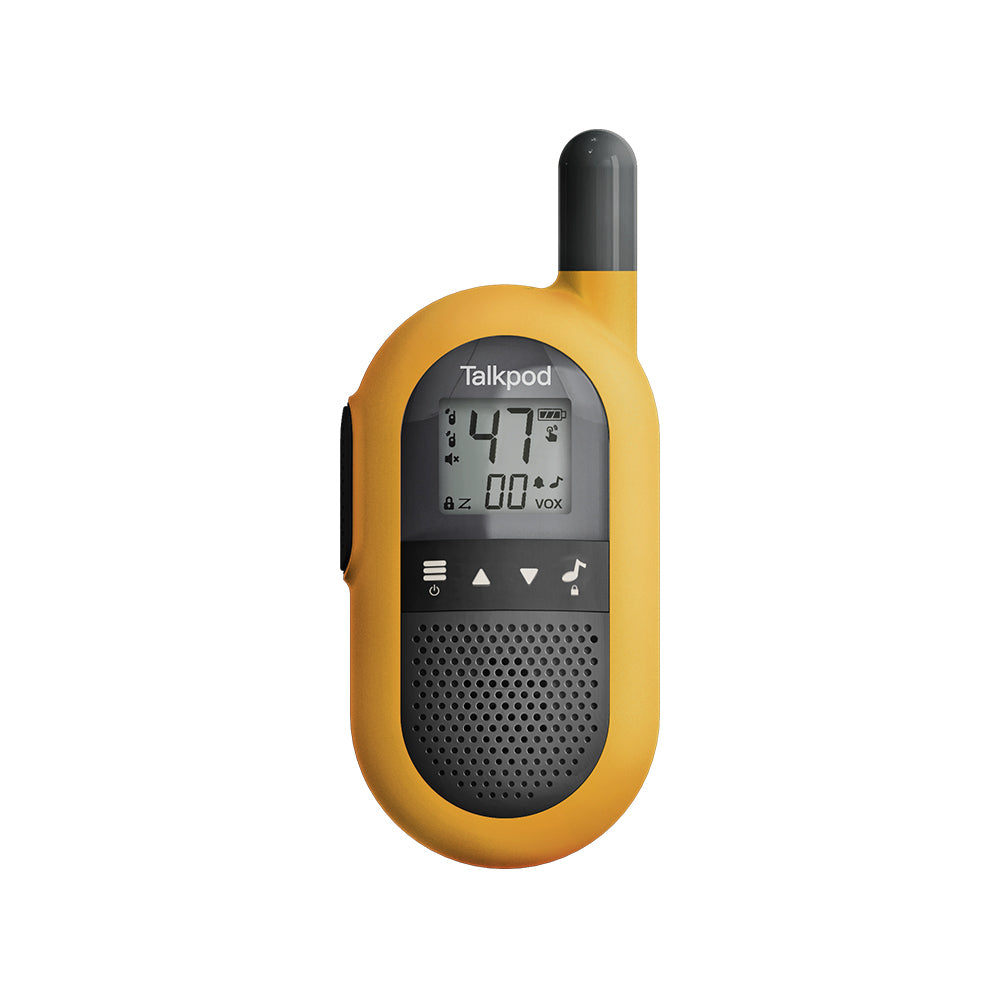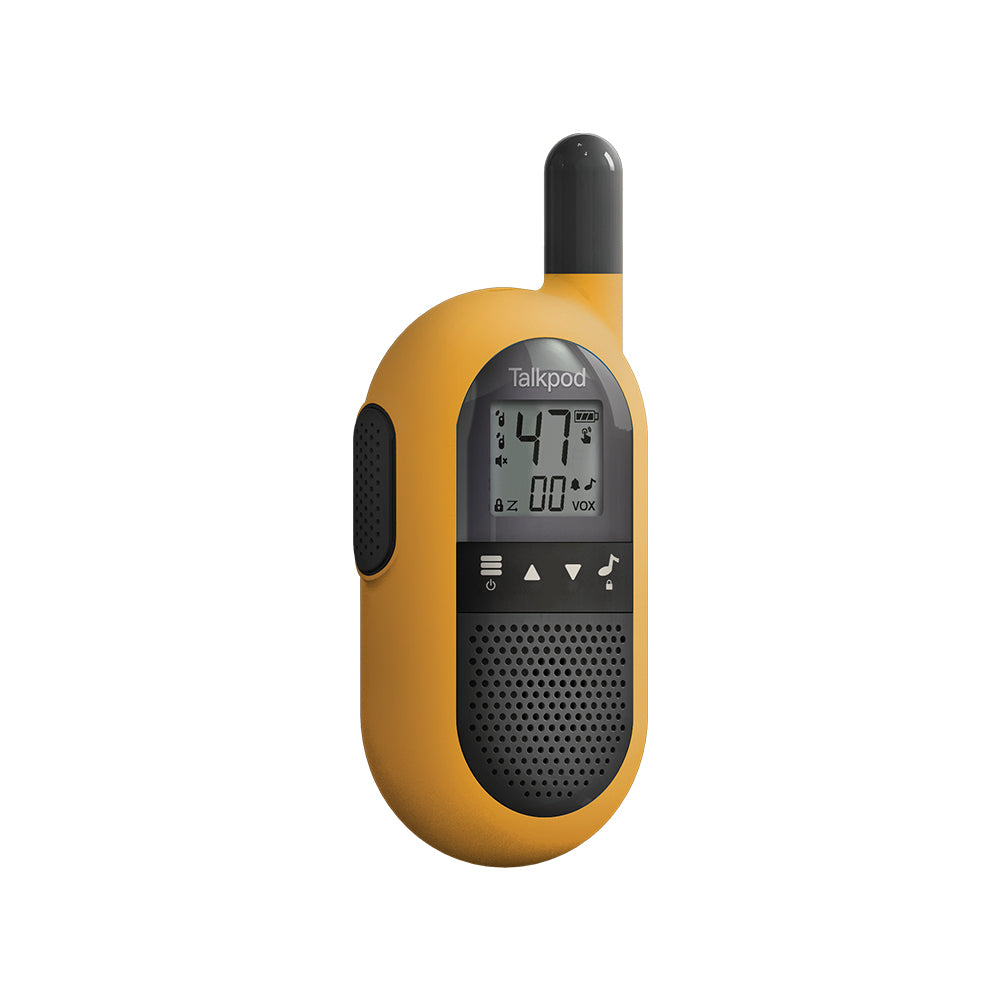I. The Breakthrough in 1895: The First Wireless Communication Experiment
In 1895, Guglielmo Marconi completed the world's first successful wireless communication experiment. At just 21 years old at that time, by improving Heinrich Hertz's electromagnetic wave theory, he successfully achieved short - range radio signal transmission. According to historical records, Marconi first used self - made equipment at home to send the letter "S" (three short pulses) in Morse code, with a transmission distance of about 3 kilometers. This experiment marked a crucial turning point for radio communication from theory to practice.
II. Technological Innovation and Patent Milestones
Technical Principles
Marconi's system was based on the modulation and reception of electromagnetic waves, enhancing signal strength through antennas and grounding devices. He innovatively applied radio waves to telegraphy, breaking through the physical limitations of traditional wired communication.
Patents and International Recognition
In 1896, Marconi filed the first radio telegraph patent (GB12039) in the UK and founded the Marconi Wireless Telegraph Company, which became the world's first enterprise dedicated to the commercialization of radio technology. This patent is considered the cornerstone of the radio field, directly promoting subsequent technical standardization.
III. Trans - Era Technological Expansion
Trans - Atlantic Communication (1901)
In 1901, Marconi's radio signals successfully crossed the Atlantic Ocean, traveling from Cornwall in the UK to Newfoundland in Canada, achieving a long - distance transmission of approximately 3,500 kilometers. This feat not only verified the global coverage potential of radio but also gave rise to the international wireless communication network.
Dual Impact on Military and Civilian Sectors
During World War I, Marconi's technology was widely used in naval communications. After the war, the popularization of radio broadcasting (such as the establishment of the BBC) further changed the way of mass information dissemination.
IV. Controversies and Historical Evaluations
Patent Dispute with Nikola Tesla
Marconi's achievements have long been controversial compared to Nikola Tesla's radio patents. In 1943 (after Marconi's death), the U.S. Supreme Court ruled that Tesla's patents had priority, but Marconi's contributions to the commercialization of technology are still widely recognized.
The Shadow of Political Association
Marconi's relationship with the Italian Fascist regime in his later years has become a controversial point in his biography, but his scientific legacy has not dimmed because of this.
V. Legacy: From Radio to the Digital Age
Marconi's foresight was not limited to telegraphy. He once predicted the birth of television, radar, GPS, and mobile phones. Today, from satellite communications to 5G networks, his technical framework still profoundly influences the modern communication system. As the British magazine Nature commented: "Marconi's contribution lies in turning laboratory miracles into everyday tools for humanity.".


